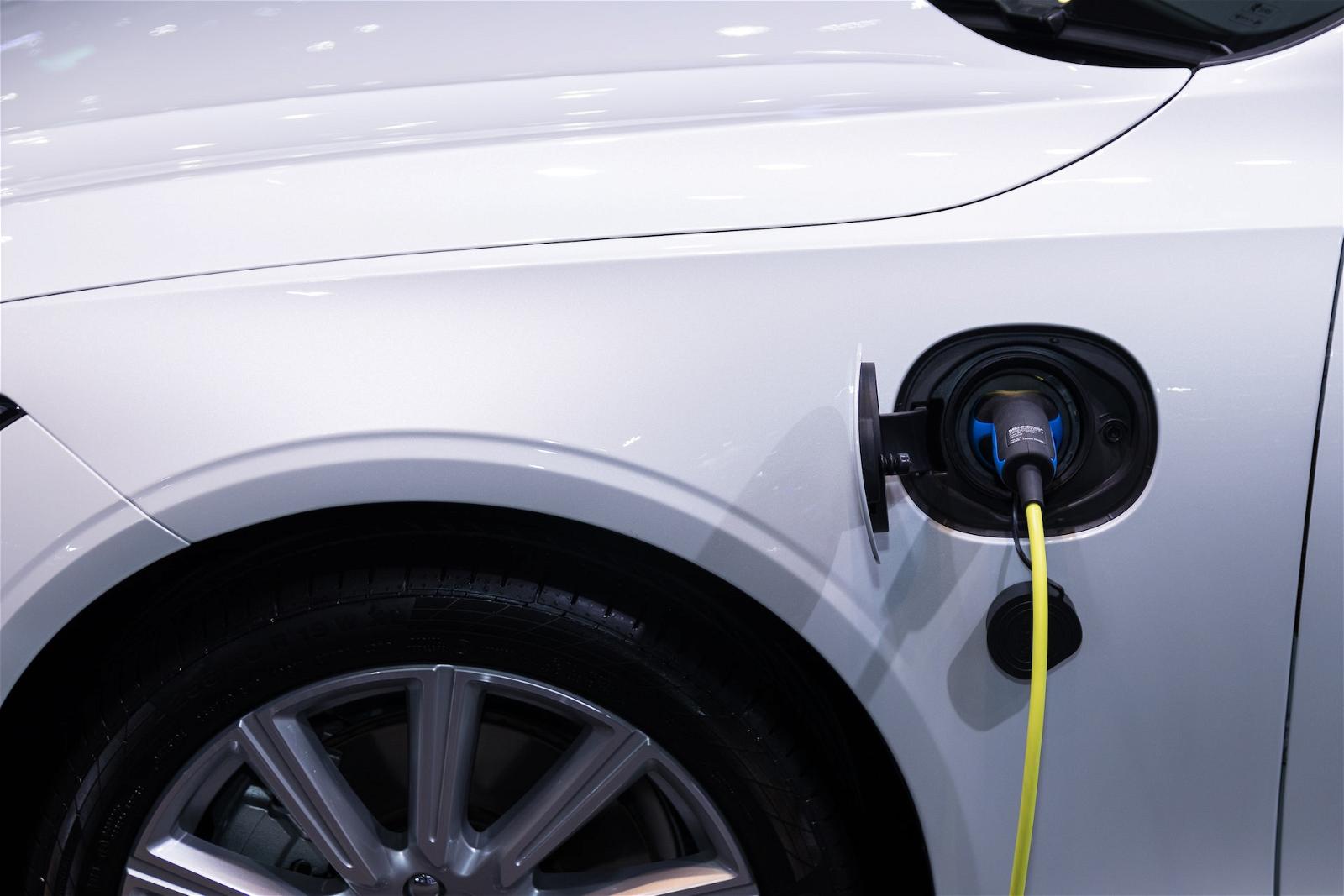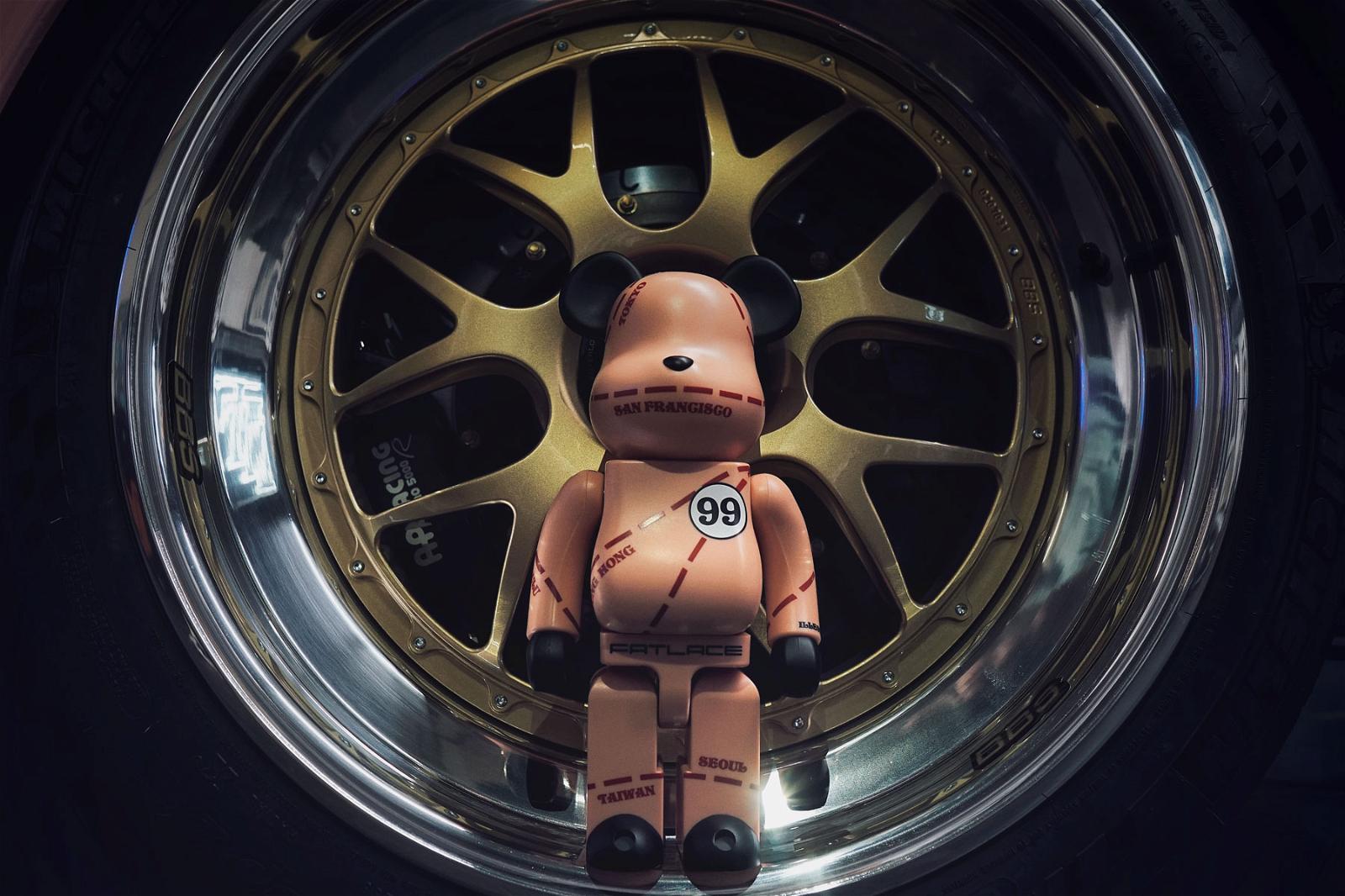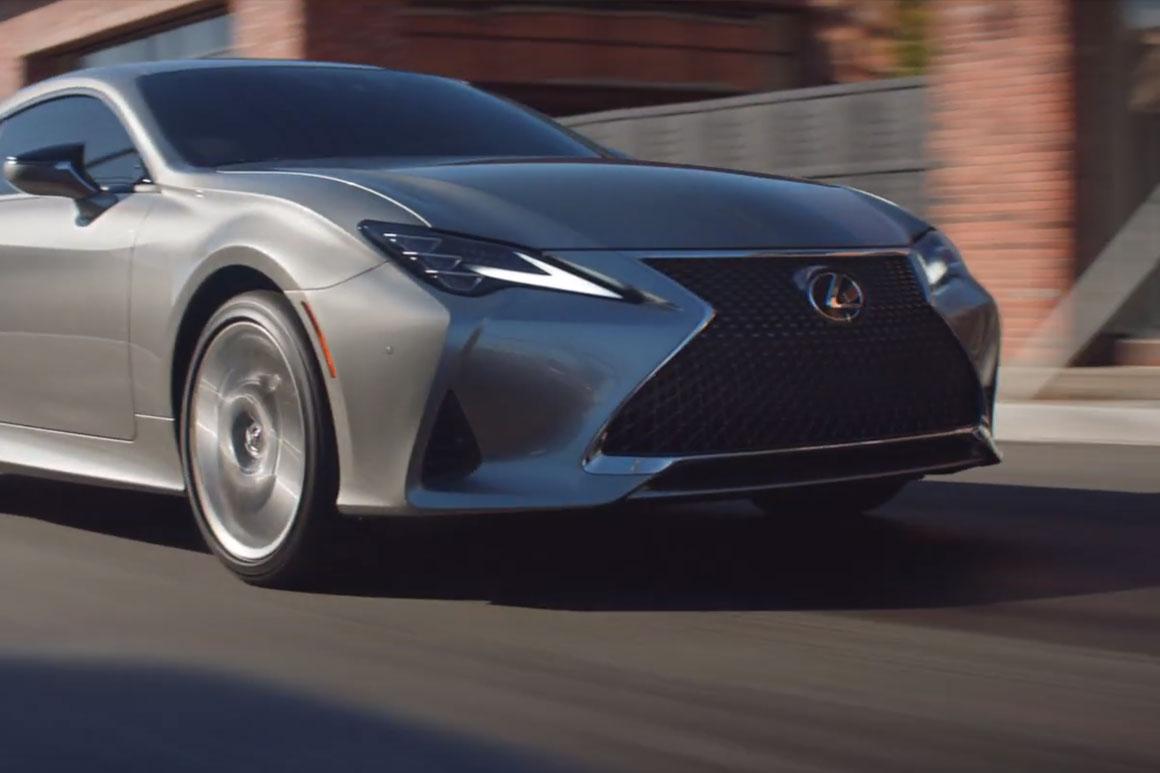Surveys suggest that millennial and Gen Z drivers are much less likely to buy a car than older generations. As car ownership falls in younger age groups, particularly those living in urban areas, and the cost of living rises, it’s worth considering what it takes to keep a car on the road and weighing up the pros and cons.
Buying or leasing a car
The first step to take if you plan to drive a car is to buy or lease a vehicle. The range of options is expanding all the time, and there’s much more flexibility now. You can still buy a new or used car outright, but finance options have become much more popular. Today, drivers can spread the cost of buying a used or new vehicle and they can also choose to lease a car as an alternative to purchasing one. The cost can vary hugely depending on the route you take and the make and model of the car. It may be possible to lease a car for less than $200 per month or to pay a similar amount if you buy a vehicle on finance. If you choose a brand new sports car rather than a budget-friendly hatchback, for example, you’ll pay a lot more.
When you’re deciding whether to hire or purchase and exploring new and used cars, it’s always beneficial to do some research and take the time to get quotes and compare prices. Finance is a brilliant option if you want to spread the cost and pay installments, rather than buying a car and paying the full amount up-front. Check interest rates and fees, and make sure you understand the terms and conditions. Analyze your finances in advance to enable you to set a realistic, affordable budget.
The cost of buying and leasing cars ranges from a few hundred dollars to thousands of dollars. If you’re on a tight budget, it’s wise to consider used cars and hire options that fit with your monthly budget. It’s also beneficial to factor in short and long-term costs. If you buy an old car that has seen better days and done lots of miles, for example, you’ll save in the short term as the price will be lower, but you may end up spending more on upkeep and repairs.
Maintenance and repairs
Every driver dreads the moment when their car breaks down, or there’s a strange noise or odor coming from the engine. Car repairs can be expensive and they’re also hugely inconvenient, especially if you rely on your car for work. To save money, it’s advantageous to keep up to date with basic car maintenance and scheduled services. When you book a service, mechanics conduct a series of tests and checks to make sure the vehicle is running smoothly and highlight any warning signs or red flags. Tackling minor issues can help to save time and money and prolong the lifespan of the car.
As a vehicle owner, you’ll need to factor in the cost of servicing and replacing tires as well as repair work if you have problems with the brakes, for example. Use the Internet if you need advice about buying the best tires or consult experienced mechanics. It’s worth comparing prices online and reading reviews. In some cases, you can buy maintenance packages when you lease a car. This reduces stress and it can also save money. As well as investing in maintenance, you can also lower upkeep costs and preserve your vehicle by driving carefully.
Insurance
Insurance provides a safety net for vehicle owners. If your car is insured, you can claim if you’re involved in an accident or your car is damaged as a result of fire or theft. Policies vary in terms of the level of cover and cost so it’s essential to read the terms and conditions before you buy. Use comparison sites to check policies from multiple providers and aim for the most comprehensive cover you can afford.
The cost of insurance depends heavily on the make and model of the car and your experience as a driver, but there are additional factors to consider, including your location and the level of cover. Enter your details and set filters to find the best offers. You can lower premiums by demonstrating that you are a careful driver. If you have many years of driving experience and you’ve never claimed, for example, your insurance payments will be lower than a new driver or a driver who has claimed before.
If you already have an insurance policy, resist the temptation to roll the plan over and accept the renewal fee. Take a few minutes to compare offers online, as you may be able to save money or find a better deal. Search for the best value policy. Some providers may be able to offer you more for the same price, for example. It’s also a good idea to read reviews before you choose an insurance company.
Fuel
Cost is one of the main reasons that younger people are avoiding buying a car. The cost of living is increasing, and more and more people are choosing to use public transport or cycle or walk instead of driving. Environmental impact is another consideration. If you do decide to get a car, you’ll need to think about the cost of fuel. Filling up the tank on a regular basis can be expensive but buying a petrol or diesel car is often cheaper than purchasing an electric vehicle. Weigh up the pros and cons and consider the short-term savings versus long-term costs. Running costs for electric vehicles are much lower.

Studies show that younger people are less likely to buy cars in 2022. If you’re wondering whether to purchase or lease a car, it’s important to think about what it takes to keep a vehicle on the road. Calculate purchase or hire costs, maintenance and repairs, insurance and fuel costs and weigh up the advantages and disadvantages. Take time to research and compare prices and think about how often you drive, how you would use a car and how you would get around if you chose not to get a car.






